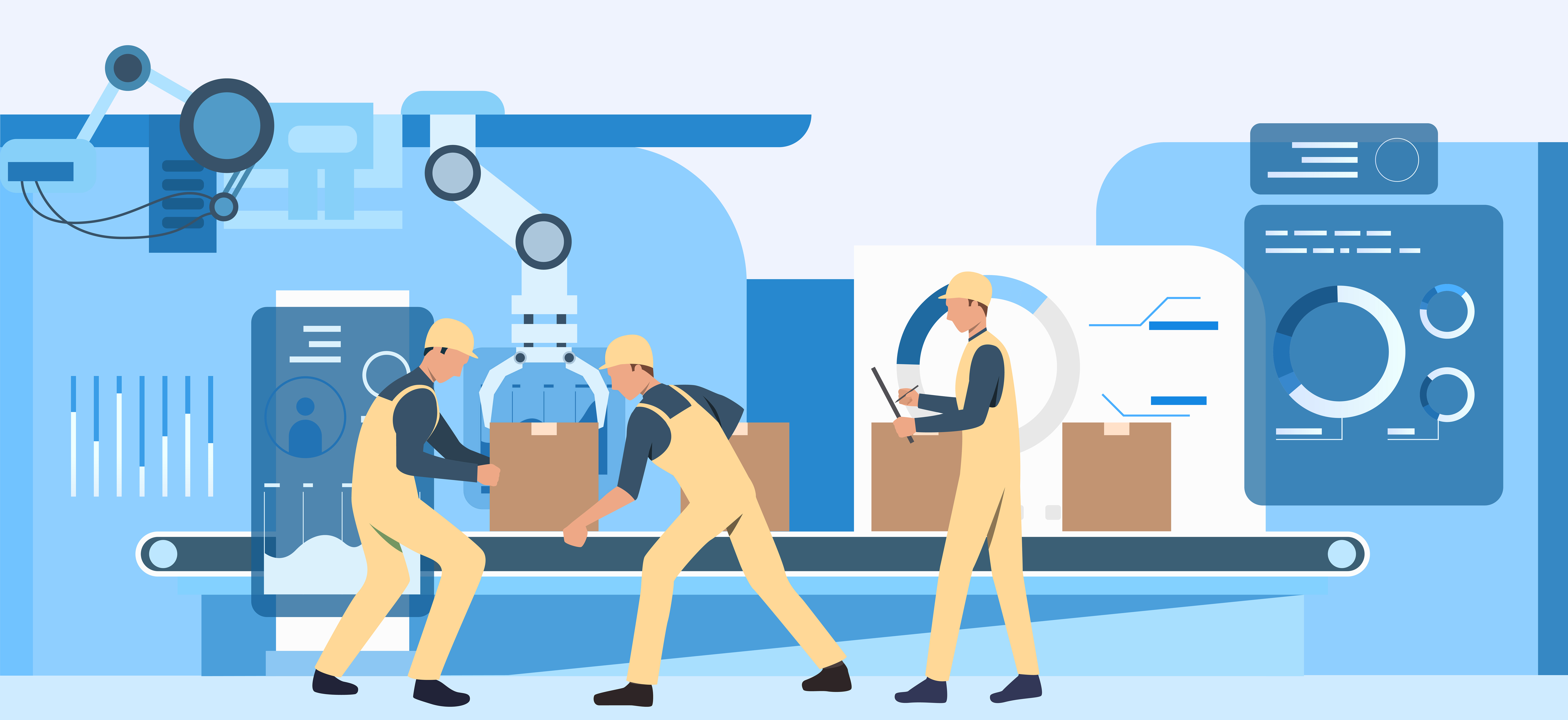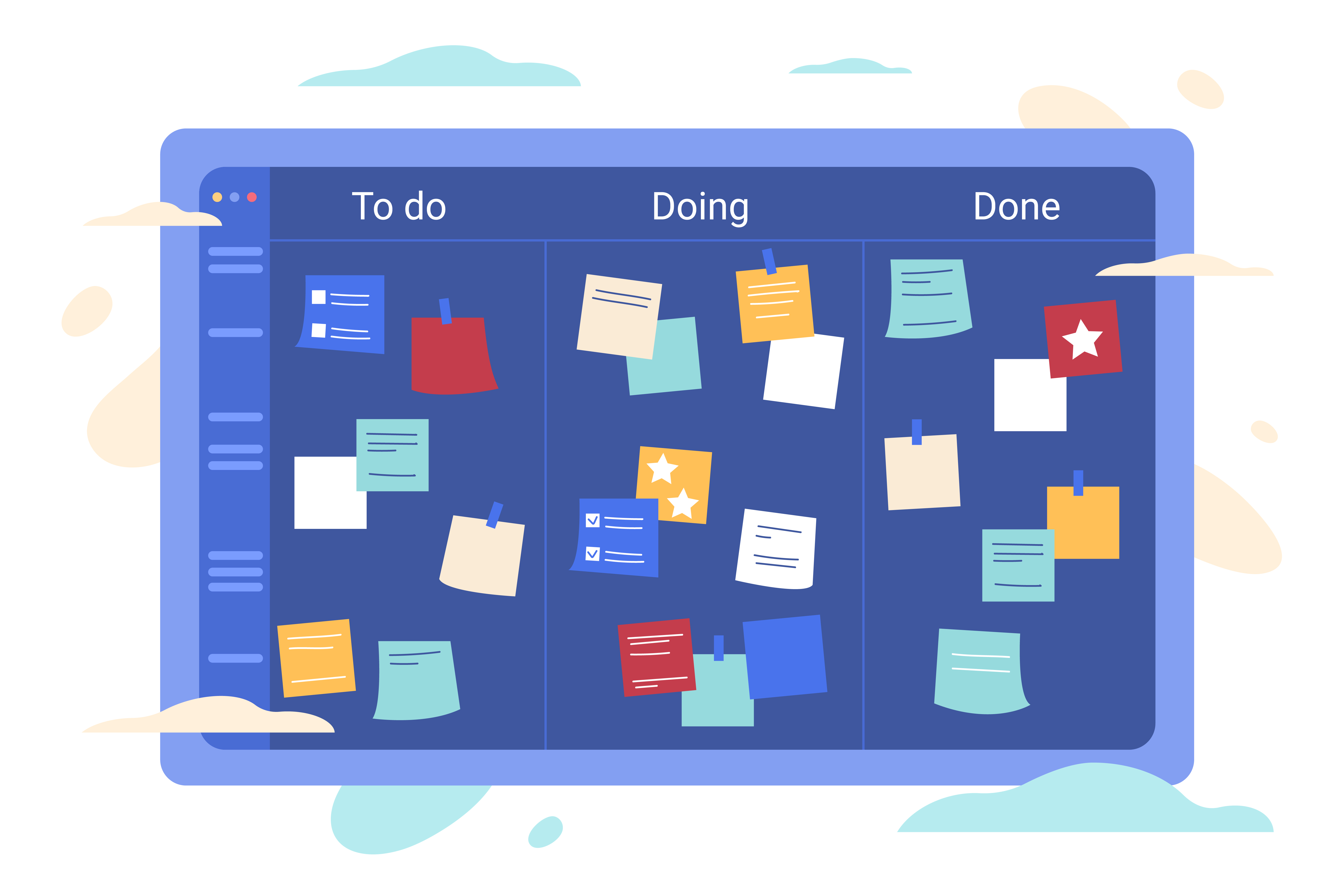Lean
Lean is a systematic approach to improving efficiency and quality in an organization by eliminating waste and optimizing processes. Originally developed in the manufacturing sector, particularly at Toyota (where it is known as the Toyota Production System), Lean principles have since been applied across various industries, including services, healthcare, and software development.

Key concepts of Lean include:
Value: Define value from the customer’s perspective and focus on delivering it.
Value Stream: Map the value stream to identify all the steps in the process and eliminate those that do not add value.
Flow: Ensure that the remaining steps flow smoothly without interruptions or delays.
Pull: Implement a pull system where work is done based on actual demand rather than forecasts.
Perfection: Continuously strive for perfection by making incremental improvements and empowering employees to identify and solve problems.
Kanban
Kanban is a visual workflow management method that helps teams improve efficiency and manage work by visualizing tasks, limiting work in progress, and optimizing flow. It originated from Lean manufacturing and was adapted for knowledge work and software development.

Key elements of Kanban include:
Visualize Work: Use a Kanban board to represent tasks and their status. Columns on the board typically represent different stages of the workflow (e.g., To Do, In Progress, Done).
Limit Work in Progress (WIP): Set limits on the number of tasks that can be in progress at any given time. This helps prevent overloading and ensures a smooth flow of work.
Manage Flow: Monitor and manage the flow of tasks through the system. Identify and address bottlenecks or delays.
Make Process Policies Explicit: Clearly define and communicate the rules and policies governing the workflow.
Feedback Loops: Implement regular reviews and feedback loops to assess performance and identify opportunities for improvement.
Improve Collaboratively, Evolve Experimentally: Encourage continuous improvement through collaboration and experimentation. Make small, incremental changes and measure their impact.
Differences Between Lean and Kanban
While Lean and Kanban share similar goals of improving efficiency and reducing waste, they differ in their approaches:
Scope: Lean is a comprehensive philosophy encompassing a broad set of principles and practices for overall process improvement. Kanban is a specific method within Lean focused on visualizing and managing workflow.
Implementation: Lean often involves a holistic transformation of the organization’s processes and culture. Kanban can be implemented more incrementally and with less disruption.
Focus: Lean emphasizes the entire value stream and the elimination of all types of waste. Kanban primarily focuses on workflow management and optimizing the flow of tasks.
Using Lean and Kanban Together
Lean and Kanban are often used together to achieve synergistic benefits. Lean provides the overarching principles and mindset for continuous improvement, while Kanban offers practical tools and techniques for managing and optimizing workflow. By combining these approaches, organizations can effectively enhance efficiency, quality, and customer satisfaction.